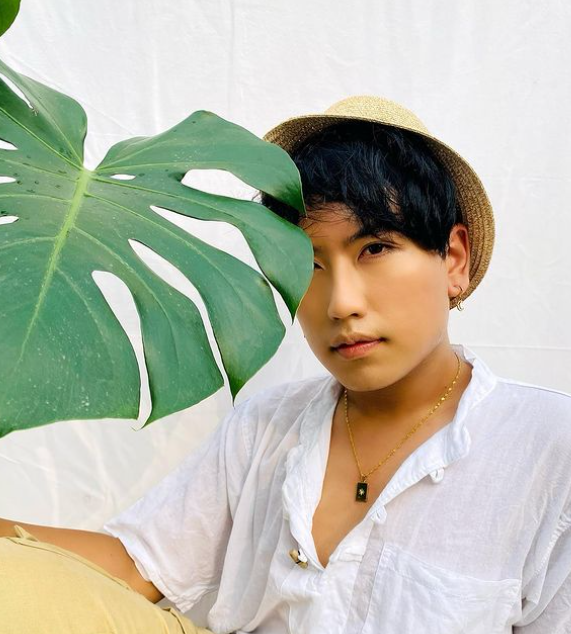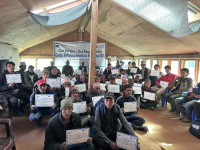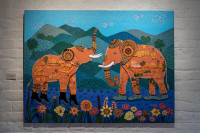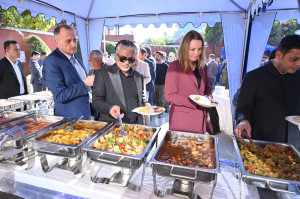Culture & Lifestyle
The evolution of hot chocolate
From being used in ancient medicine and rituals, this is how a simple cup of hot chocolate has fared through the ages.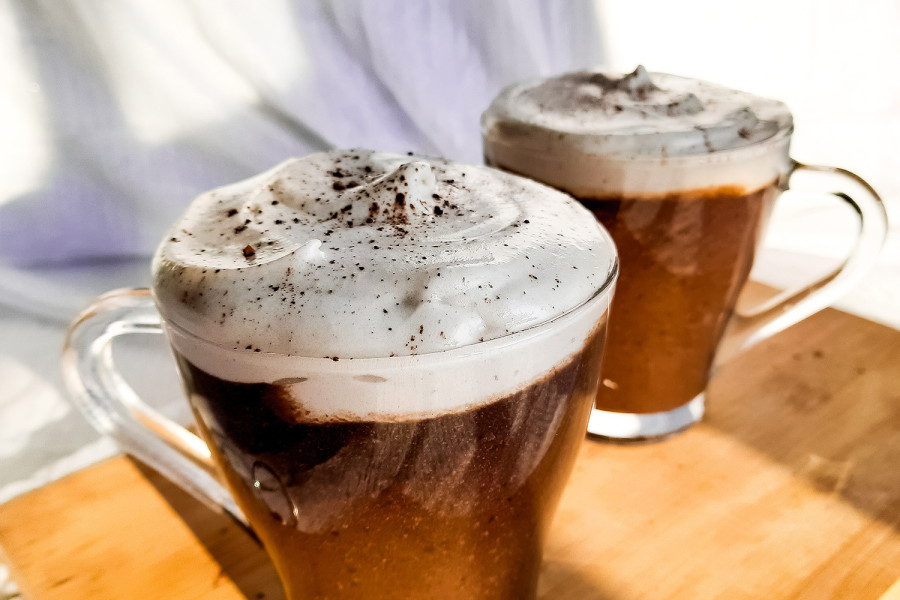
Samundra Gurung
It’s the season of giving! A time filled with the glow of tradition and the joy of togetherness. The holiday season holds a special place in the hearts of many around the world. This month offers a delightful mix of contrasts, with the chilly air outside inviting cosy gatherings indoors. The scent of freshly baked treats and simmering spices fills the air as families and friends unite to celebrate both old traditions and create new ones.
As Dean Martin crooned in his song ‘Let It Snow’, with the weather outside frightful and the fire so delightful, there’s an innate craving for a warm drink that fills the soul and adds to the merriment of the season. Christmas, I dare say, feels incomplete without hot chocolate. This warm, velvety drink, smooth on the palate and crowned with a cloud of whipped cream, perfectly encapsulates the essence of indulgence. But when did the tradition of drinking chocolate begin?
Throughout most of its history, chocolate has been sipped rather than savoured as a solid. The ubiquitous chocolate bars, the primary form of chocolate consumption today, only emerged in the late nineteenth century, despite the fact that drinking chocolate has been enjoyed for over a thousand years!
The history of chocolate dates back 4,000 years to ancient Mesoamerica, which is present-day Mexico and the birthplace of chocolate. This is where the first cacao plants (Theobroma cacao), the source of chocolate, were discovered. The Olmec, an ancient civilisation in Latin America, were pioneers in turning the cacao plant into chocolate. They used the cacao plant in ceremonies, both as a drink and as medicine.
Centuries later, the Mayans held chocolate in high regard, considering it the drink of the gods. Their chocolate beverage, known as ‘xocolatl’ or ‘bitter water’, was made by crushing roasted cacao seeds, adding chiles, water and cornmeal. During preparation, the mixture was transferred between pots, creating a thick frothy drink.
By the 15th century, the Aztecs were using cocoa beans as currency. Drinking chocolate, however, was a privilege reserved for the Aztec nobility and held great importance in social, cultural, and economic aspects of life. The Aztecs believed that chocolate was a gift from the god Quetzalcoatl.
The history of drinking chocolate took a global turn during the early modern age. Chocolate made its way to Europe from the New World in the mid-1500s, brought by Spanish conquistadors and friars. However, trade between Spain and its colonies suggests chocolate might have arrived even earlier. Upon reaching Spain, the Spanish didn’t stick to the bitter drink favoured by the Aztecs. They tweaked the recipe, adding more vanilla, sugar, and fewer spices. However, chocolate remained a luxury.
Its association with religion resurfaced when Catholic monks embraced chocolate, consuming it before holy services and rituals. There are records of nuns in Spanish convents offering chocolate to visitors! The Spanish aristocracy enjoyed chocolate secretly for decades before sharing it with the rest of Europe. Over time, chocolate gradually spread across Europe, gaining popularity in Italy and France, especially among the elite. The French royal family even granted a royal patent to a chocolatier, allowing him to produce drinking chocolate with the king’s stamp.
In the mid-1600s, chocolate made its way to England and quickly gained popularity, with chocolate shops appearing on many street corners. These establishments, which also served coffee, required admission, becoming integral to the urban scene. Affluent gentlemen in England enjoyed cups of rich, spiced hot chocolate while discussing the day’s events.
When it comes to comforting beverages, few drinks can match the delightful warmth of a well-made cup of hot chocolate. This timeless treat has transcended ages, civilisations, and seasons to become a beloved indulgence enjoyed by both children and adults. Hot chocolate is a celebration of the simple pleasures in a world where the easiest joys often bring the most satisfaction. Its ability to warm the body and spirit, evoke memories, and offer a moment of peace amid the daily hustle makes it a genuine treasure to be savoured and shared.
Throughout its journey from one culture to another, the recipe for hot chocolate has adapted to fit regional tastes. Taking this into account, here is my interpretation of the classic hot chocolate.
Ingredients
a litre of whole milk
250 ml of heavy cream
400 grams of the finest dark chocolate
50 grams of cocoa powder
150 grams of jaggery
quarter teaspoon of cinnamon
a pinch of cardamom and clove
a teaspoon of vanilla extract
Method
Heat the milk in a saucepan until it starts bubbling. Add 200 ml of heavy cream, reserving 50 ml for later use.
Reduce the heat, then add the spice mix into the milk and cream. Let it infuse for five minutes with the lid on.
In a separate bowl, mix cocoa powder, jaggery and 350 grams of dark chocolate.
Add two pinches of salt to enhance the chocolate’s flavour.
Slowly pour half of the hot milk and cream mixture into the chocolate mixture, stirring continuously.
Put the mixture back into the saucepan with low heat, add vanilla and cook for another five minutes.
After turning off the heat, add the remaining 50 grams of chocolate.
Pour the hot chocolate into your favourite cup or mug.
Decorate with whipped cream made from the remaining 50 ml of cream mixed with icing sugar and vanilla. Dust lightly with cocoa powder.
Enjoy the delightful warmth of this hot chocolate during the holiday season!




 7.12°C Kathmandu
7.12°C Kathmandu